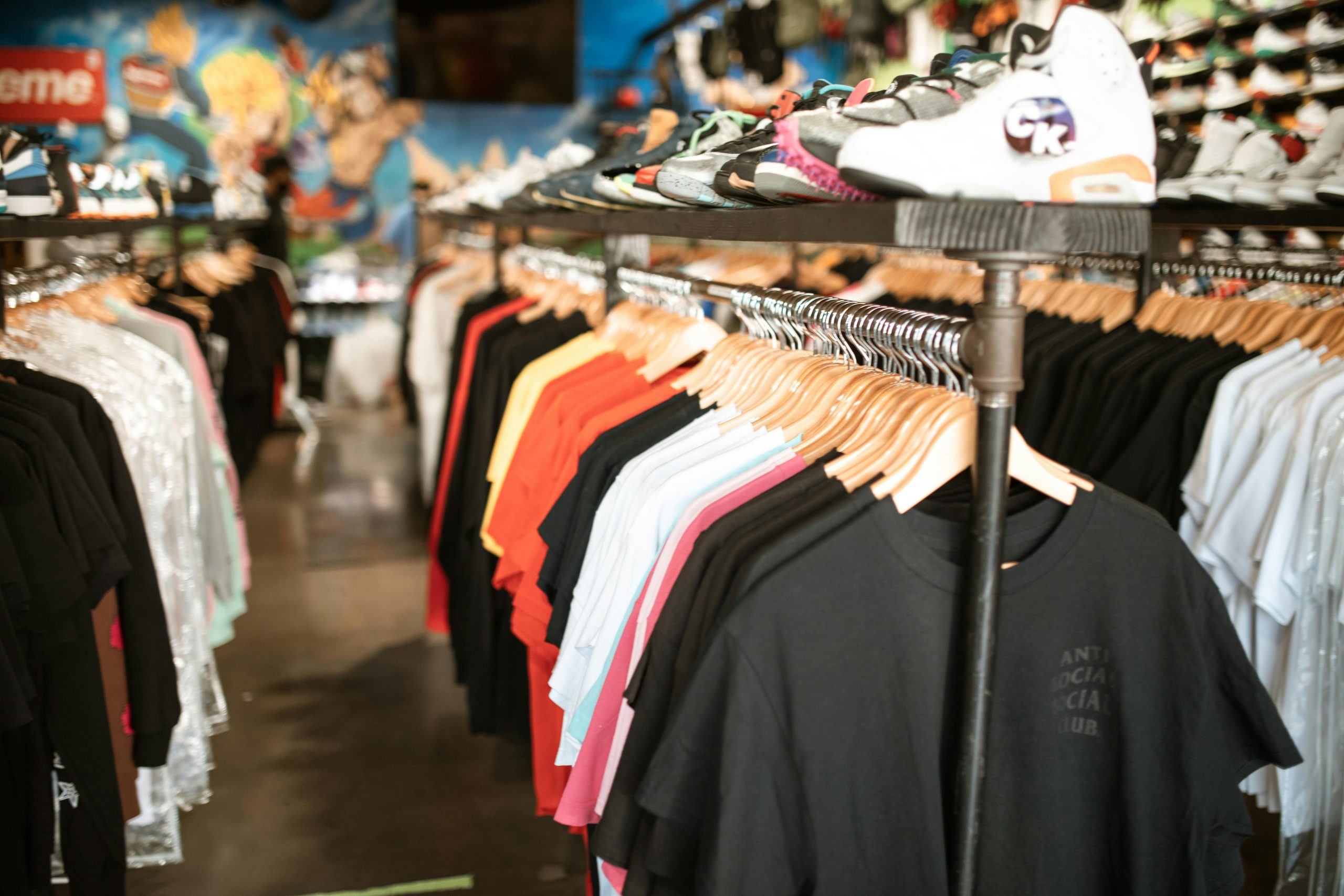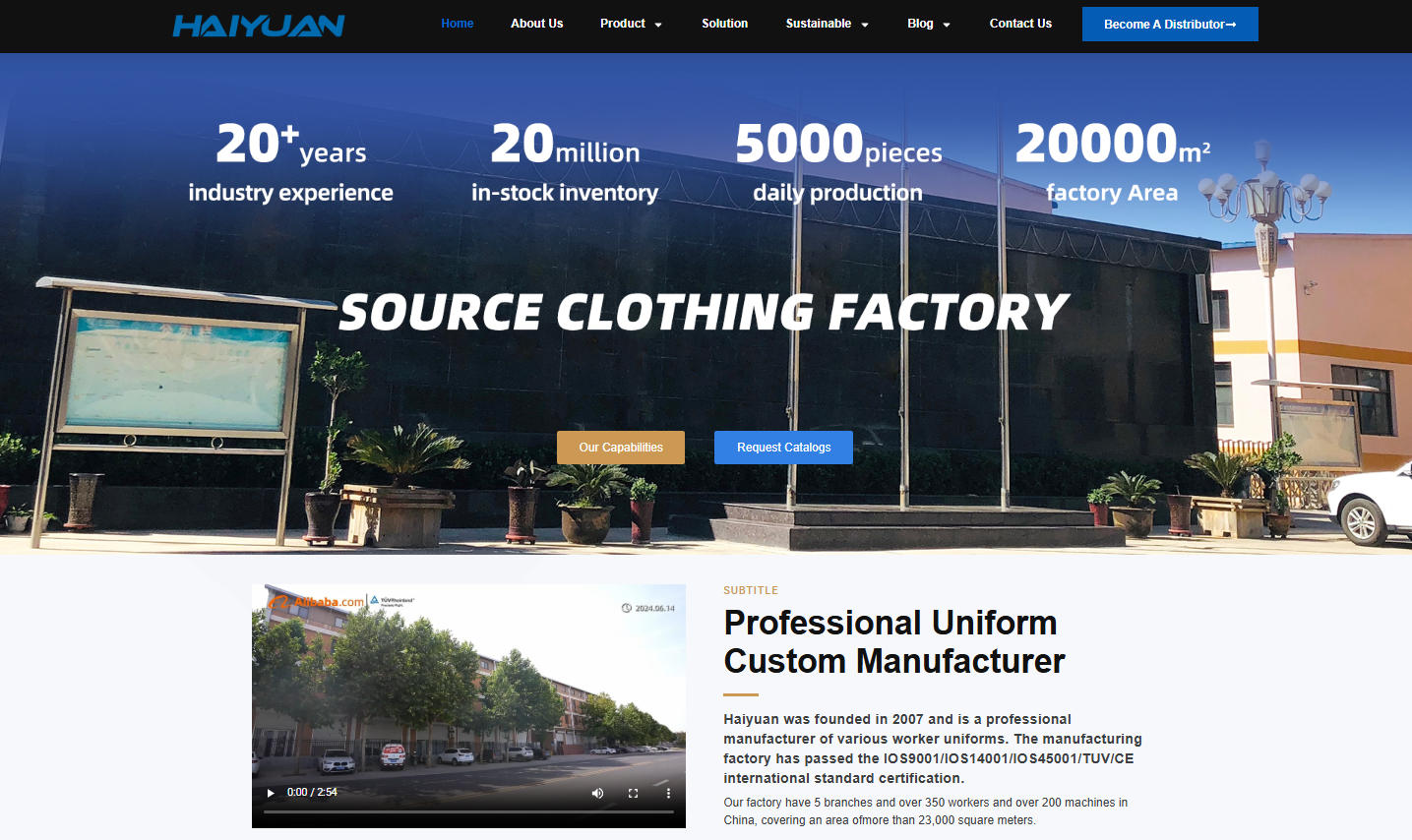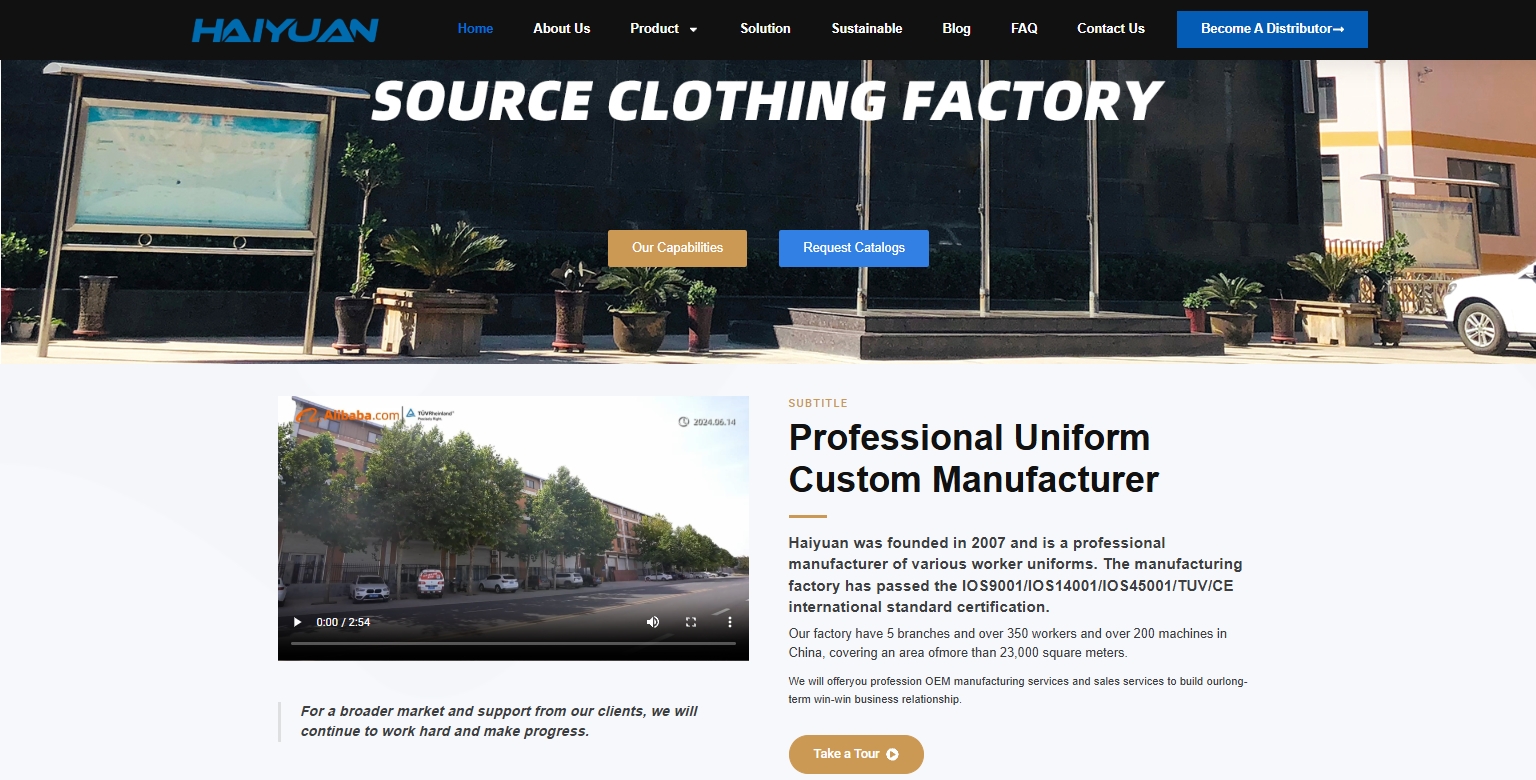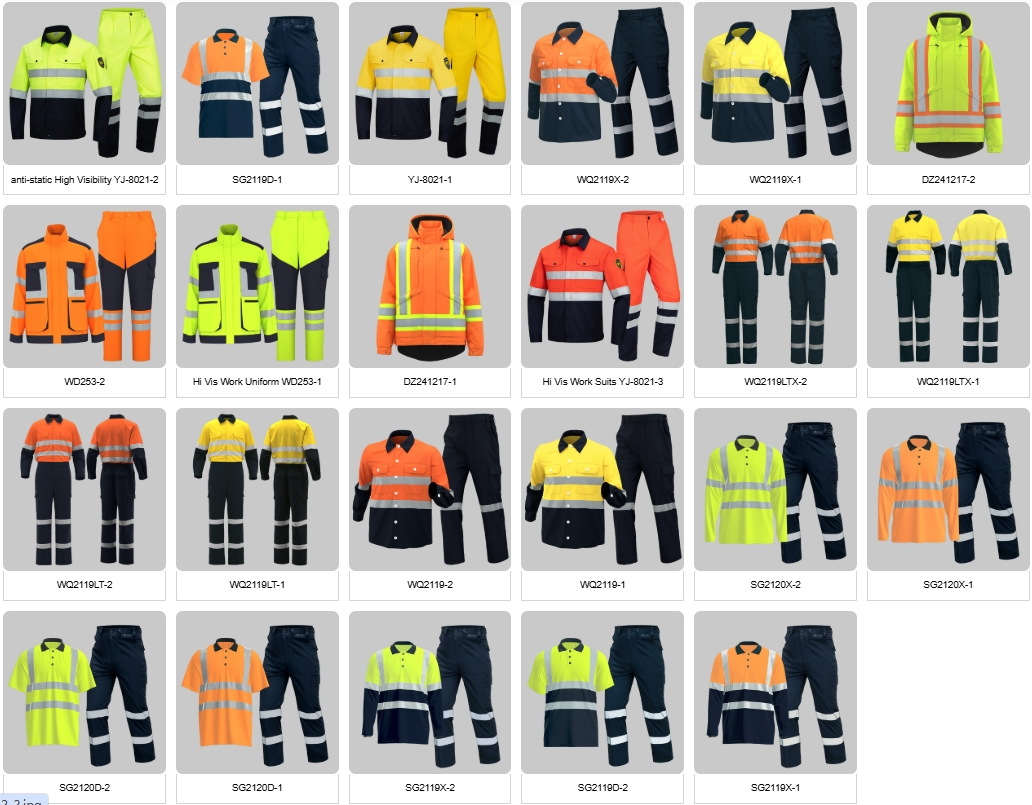That’s an excellent question. The answer depends on whether you look at individual countries or economic blocs as a single entity.
The biggest importer of garments in the world is the European Union (EU) when treated as a single market.
However, if we look at individual countries, the United States is the largest.
Here’s a detailed breakdown based on the latest data from the World Trade Organization (WTO) and other trade monitors.
1. By Economic Bloc: European Union (EU)
-
Import Value: Approximately $200 billion annually (for clothing and apparel, not including textiles).
-
Why it’s #1: The 27 member states of the EU form the largest single, integrated market in the world. While countries like Germany, France, Spain, and the Netherlands are major importers individually, their collective purchasing power is unmatched.
-
Key Sourcing Countries: China, Bangladesh, Turkey, Vietnam, and India.

2. By Individual Country: United States
-
Import Value: Approximately $100 billion annually.
-
Why it’s #1 (by country): The US has a massive consumer market with high purchasing power and a strong retail culture. It relies heavily on imports to meet its demand for clothing.
-
Key Sourcing Countries: China, Vietnam, Bangladesh, India, and Indonesia.
Ranking of Top Garment Importers (Individual Countries & Bloc)
Here is a summary table of the world’s largest importers of clothing (apparel):
| Rank | Importer | Approximate Annual Import Value (USD) | Key Characteristics |
|---|---|---|---|
| 1 | European Union (as a single bloc) | $200 Billion | Largest integrated market. High demand for fast fashion and high-end luxury. |
| 2 | United States | $100 Billion | Largest single-country market. High volume, price-sensitive, and brand-driven. |
| 3 | Japan | $30 Billion | Mature, high-quality market with a strong focus on detail and specific fits. |
| 4 | United Kingdom | $28 Billion | Major fashion-forward market post-Brexit, with sourcing similar to the EU. |
| 5 | Canada | ~$10 Billion | Closely linked to the US market but with a smaller volume. |
Source: WTO World Trade Statistical Review, UN Comtrade (latest data).
Key Drivers and Trends
-
Concentration of Demand: The top five importers (the EU, US, Japan, UK, and Canada) account for a vast majority of global garment imports, highlighting how global fashion demand is concentrated in developed economies.
-
Shift in Sourcing: These major importers are increasingly diversifying their sourcing away from a heavy reliance on China (the “China Plus One” strategy). Countries like Vietnam, Bangladesh, Cambodia, and Turkey have become the primary beneficiaries, growing their export shares significantly.
-
The Role of Major Retailers: The import volumes are driven by giant retailers and brands headquartered in these regions, such as:
-
USA: Walmart, Target, Amazon, PVH (Calvin Klein, Tommy Hilfiger), Gap Inc., Nike.
-
EU: Inditex (Zara), H&M, Bestseller (Vero Moda, Jack & Jones), Adidas, Primark.
-
Japan: Fast Retailing (Uniqlo), Muji.
-
In summary: While the United States is the world’s largest single-country importer of clothing, the European Union, as a collective of 27 nations, is the largest importing entity overall. Their combined demand dictates global garment production trends and supply chains.
For some insightful reads, we’ve curated a list of recommended articles just for you:
- How do I find a product manufacturer in China?
- How to find cheap manufacturers in China? A guide to avoid pitfalls
- How to complete your first purchase of workwear in China safely and efficiently
- Custom uniforms for Small business
- Choosing the Best Industrial Work Suit
- Ultimate Guide: Best Wholesale Work Clothes in China
- Cut & Sew Customization
- Logo Customize Clonthing Manufacturer
- Labour Uniform manufacturer
- Labor clothing uniform for sale
- Working clothes china wholesale
Can’t find what you’re looking for? Feel free to contact us. We’re here to help 24/7.





